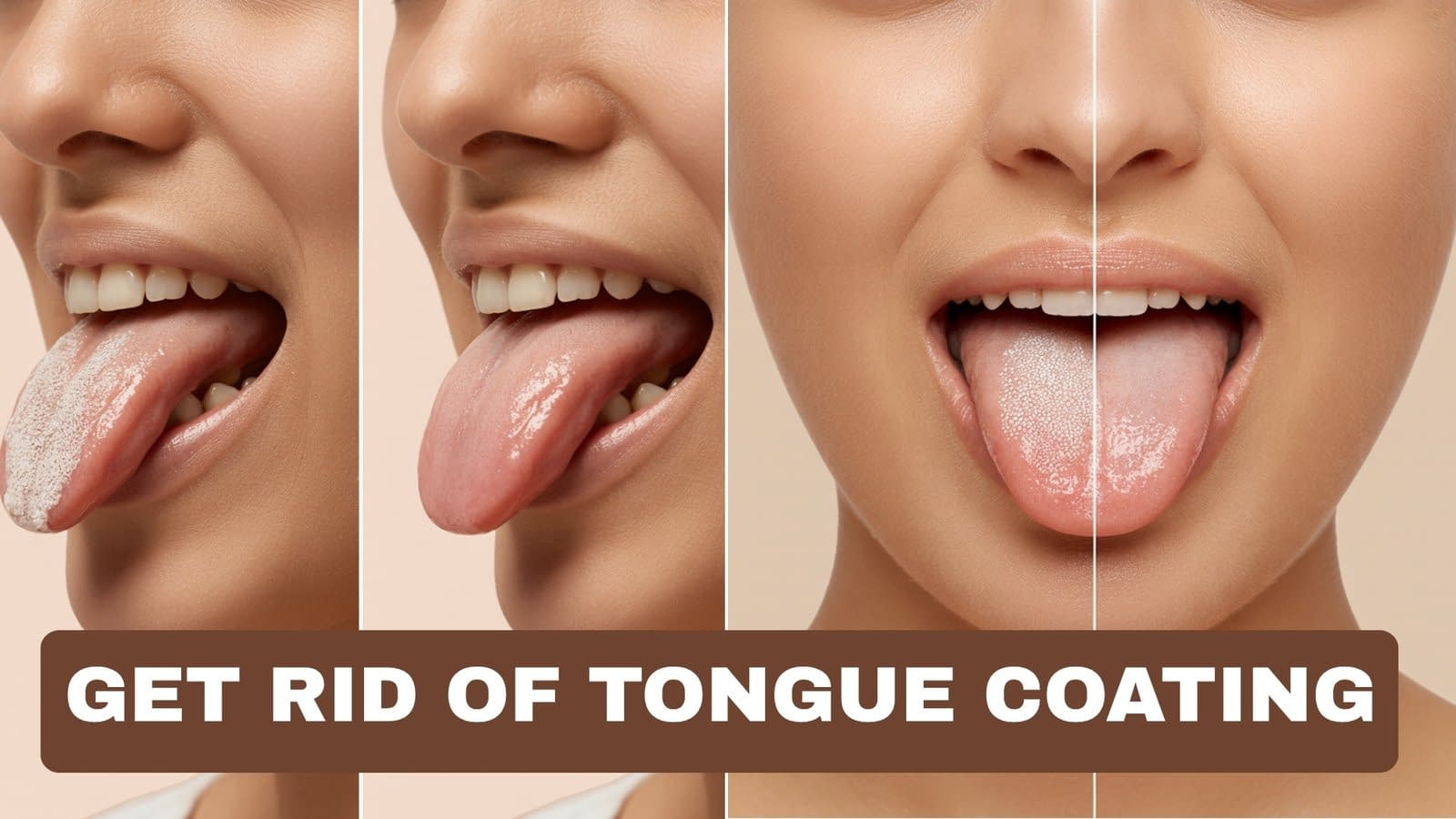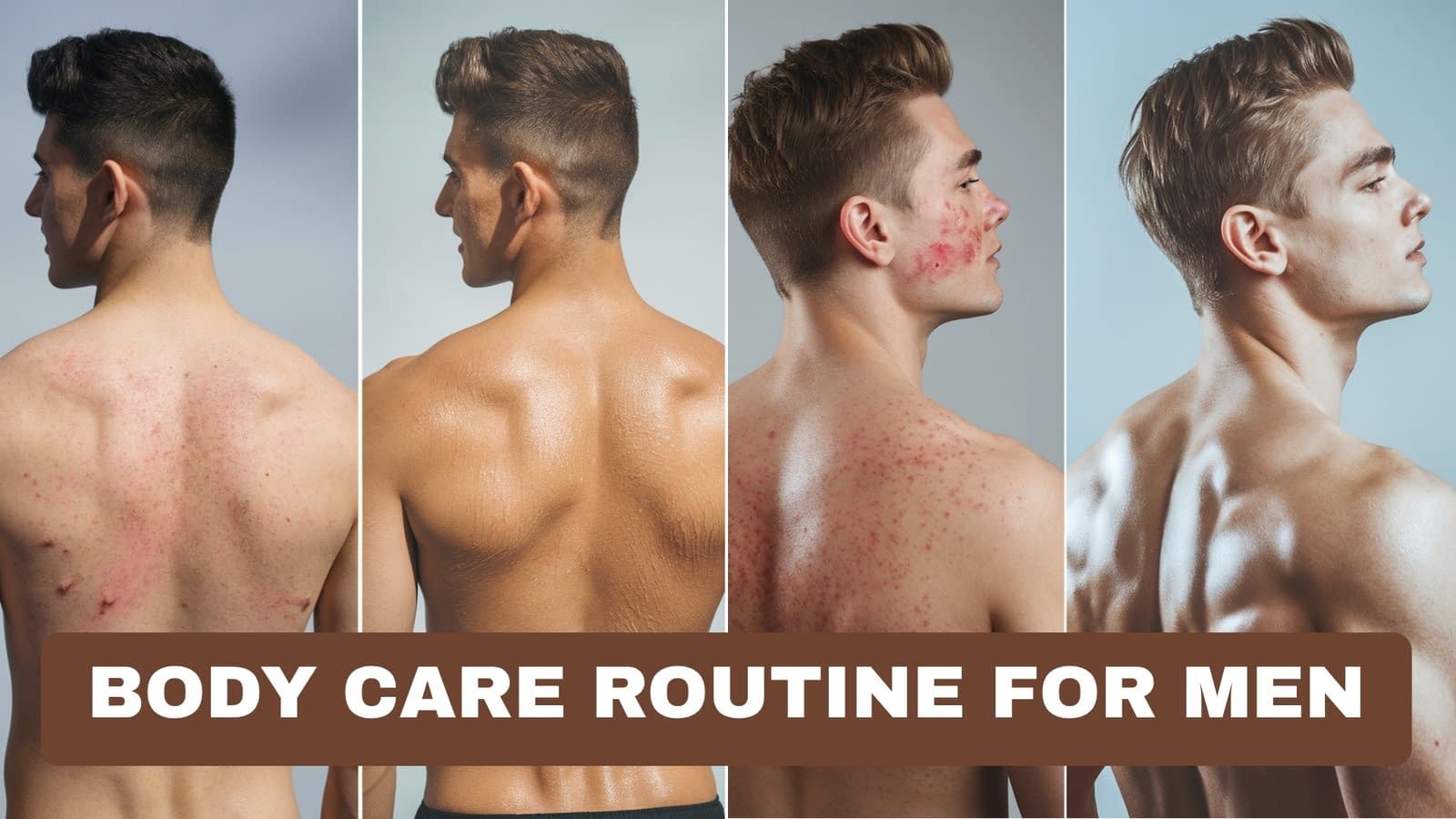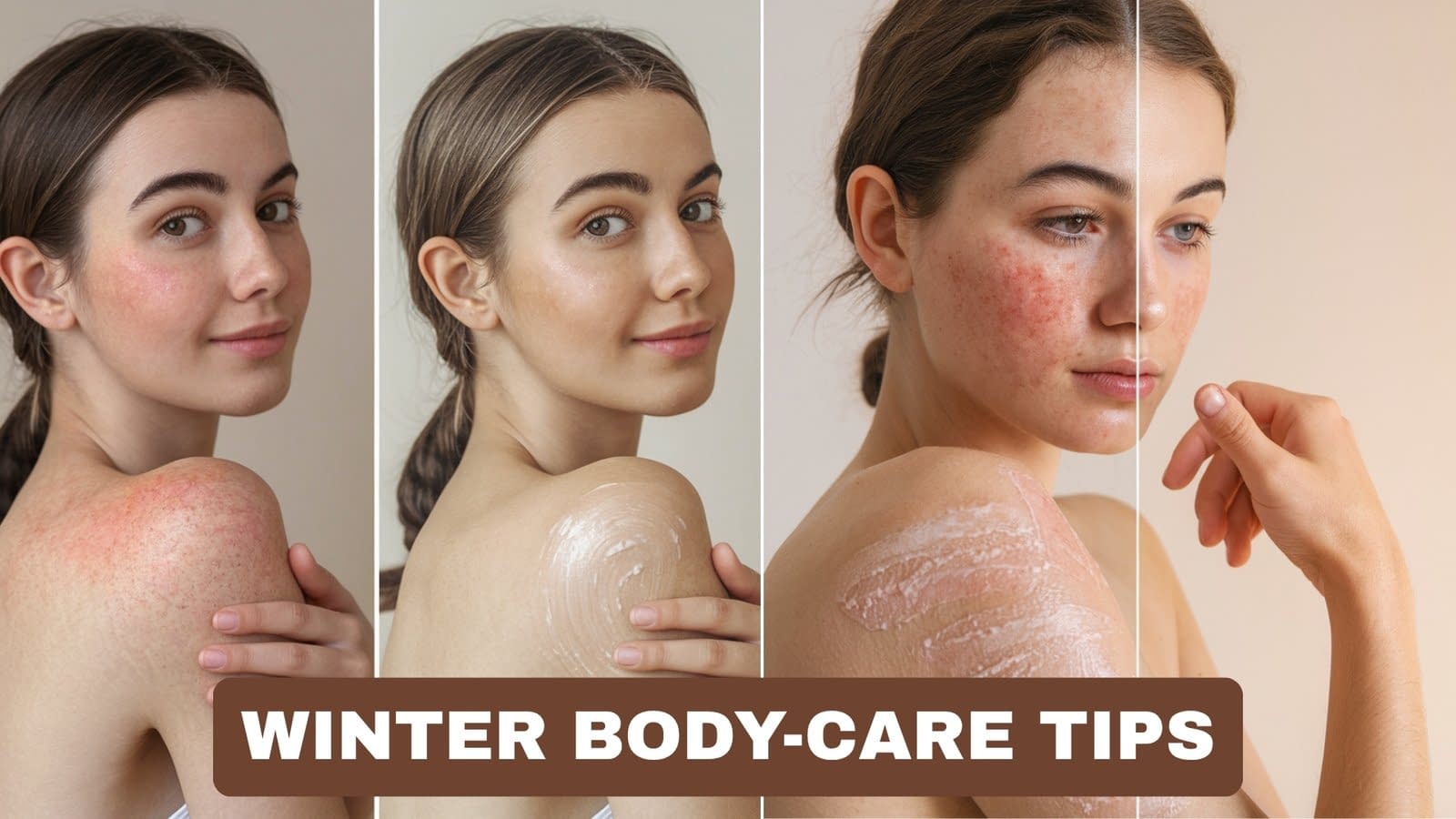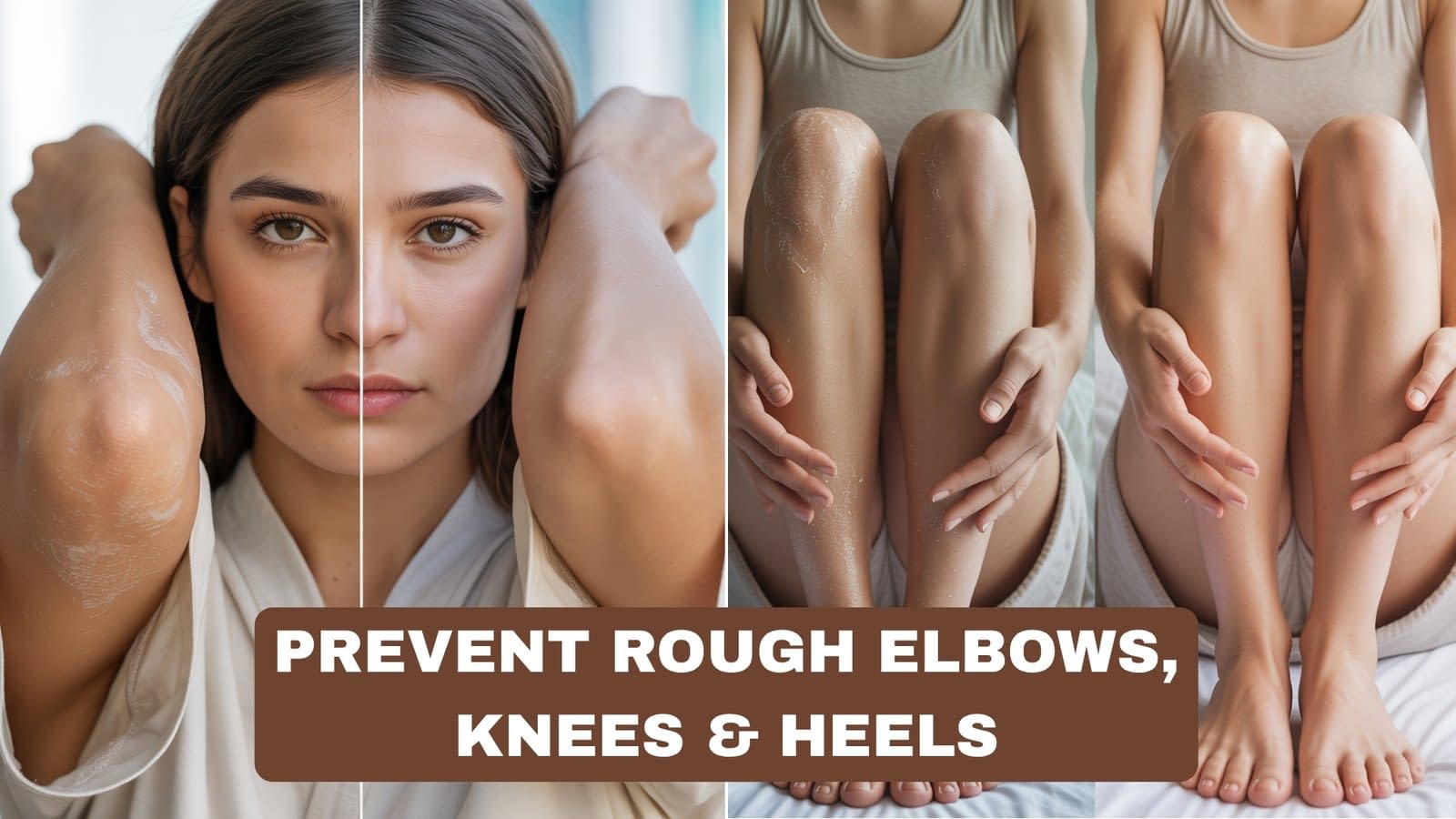Simple, safe steps you can do today — with a practical routine to keep your tongue clear and your breath fresh.
A visible “coating” on the tongue (white, yellowish, or sometimes brown) is common. Usually it’s harmless — the result of trapped debris, dead cells, bacteria and reduced saliva — but it can be embarrassing and cause bad breath. The good news: most tongue coating responds quickly to consistent home care. This guide shows why coating develops, exactly how to clean your tongue the right way, safe home rinses, diet and lifestyle changes that help, and when you should see a health professional.
Why Tongue Coating Happens and Why It Matters
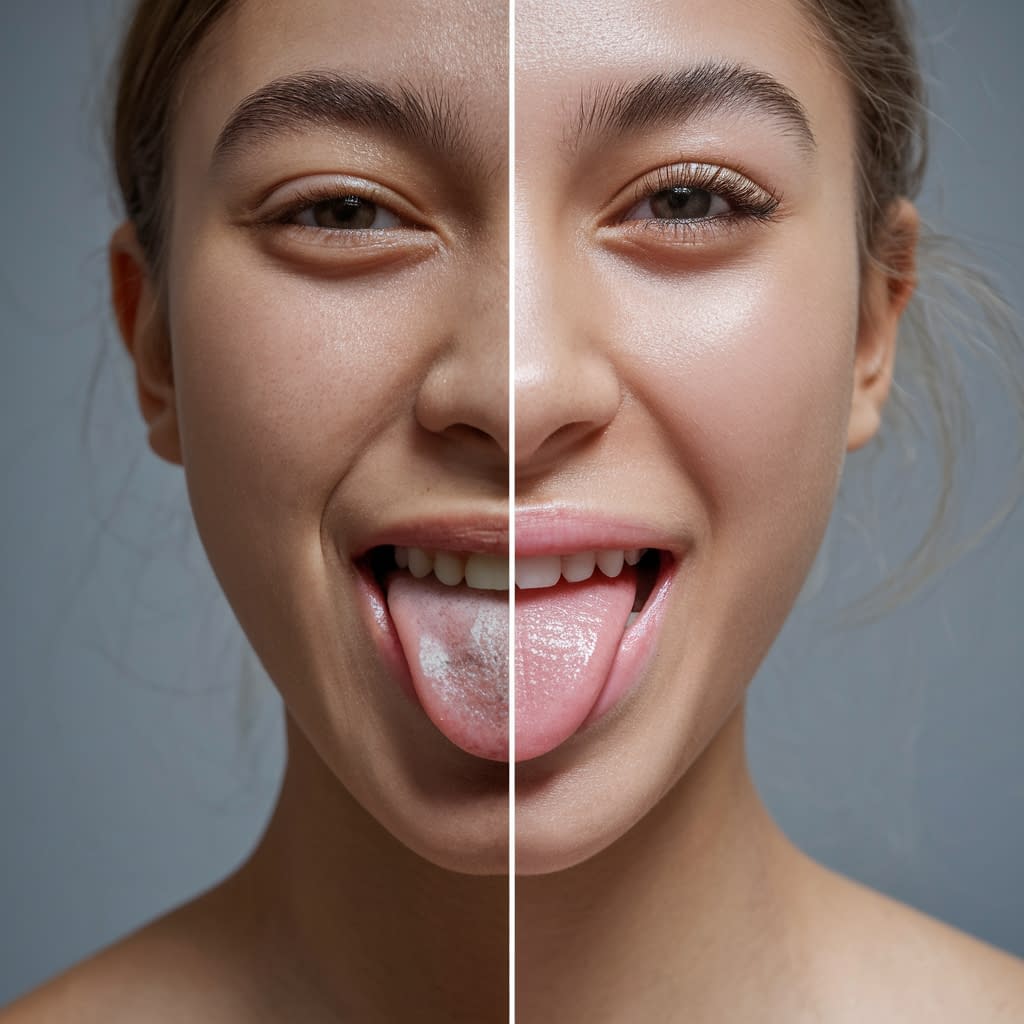
What the coating actually is
- A mix of dead cells, food debris, bacteria and sometimes yeast that builds up in the tiny papillae (little bumps) on your tongue.
- Color varies: white (most common), yellow (food, bacteria, bile), brown/black (tobacco, some mouthwashes, or rare conditions).
Common causes
- Poor oral hygiene (not cleaning tongue or dentures).
- Dry mouth (low saliva) from dehydration, mouth breathing, medications, or conditions like Sjögren’s.
- Smoking and heavy alcohol use.
- Recent antibiotic use (can encourage yeast overgrowth).
- Illnesses: fever, viral infections, or stomach reflux (GERD) can increase coating.
- Oral thrush (candida) — tends to be thicker, cottage-cheese–like, sometimes painful, and may scrape off partially.
- Sometimes geographic tongue or leukoplakia (requires professional evaluation).
Why it matters
- Causes bad breath (halitosis).
- May indicate poor oral hygiene or underlying health issues.
- Can alter taste or cause discomfort.
When to see a professional: If coating is persistent despite good home care, painful, accompanied by fever, bleeding, difficulty swallowing, or cottage-cheese texture — see a dentist or doctor.
Brush Your Tongue Properly
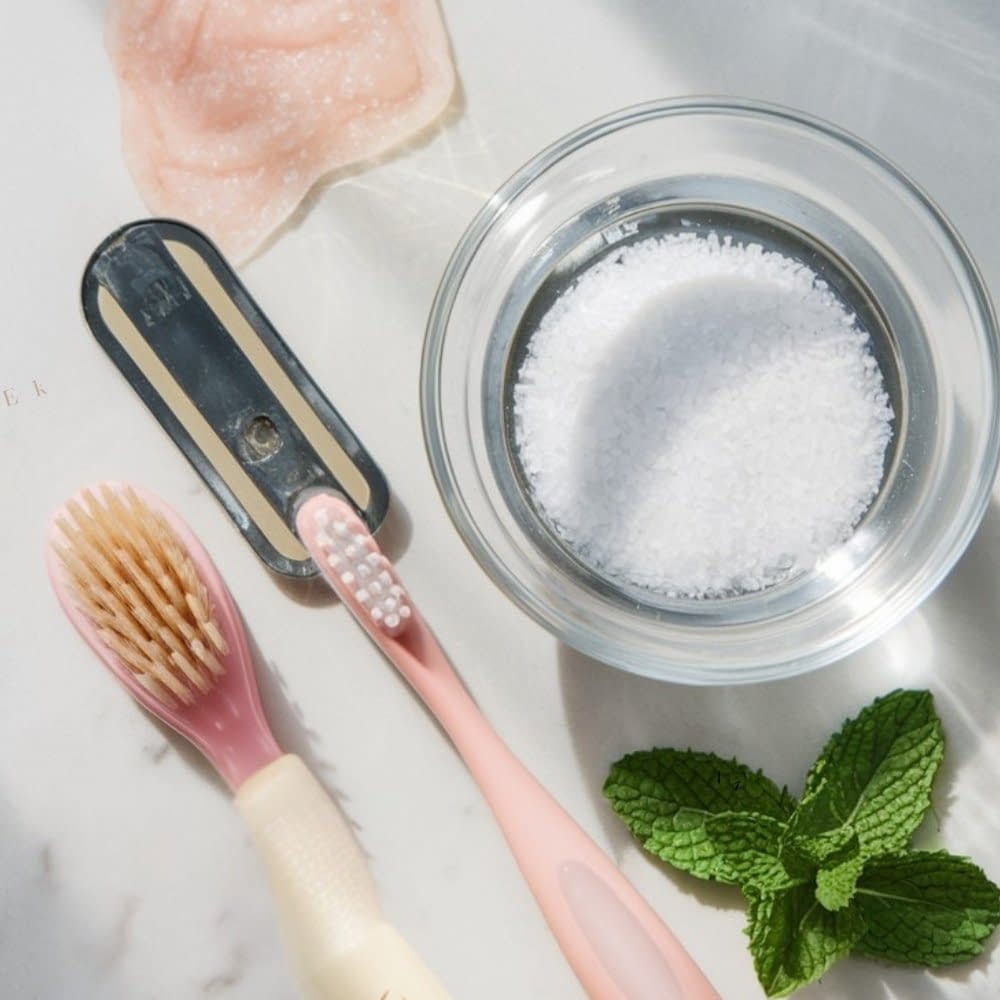
The Correct Way to Brush Your Tongue for a Cleaner Mouth
A toothbrush helps, but you must do it right.
How to brush your tongue — step-by-step
- Use a soft-bristled toothbrush (or one with a tongue-cleaner surface).
- Apply a small amount of toothpaste (optional) or use water if sensitive.
- Stick out your tongue and start from the back/middle (not too far back to avoid gagging).
- Sweep the brush forward toward the tip in one steady motion (don’t scrub side-to-side).
- Rinse the brush and spit. Repeat 5–10 sweeps until the brush looks cleaner.
- Rinse your mouth with water.
Frequency: Once or twice daily (morning is most effective). If you gag easily, start further forward and work backward gradually.
Safety tips: Be gentle to avoid irritation; replace your toothbrush every ~3 months.
Use a Tongue Scraper
Tongue Scrapers vs Toothbrushes: Which Works Best?
A tongue scraper often removes coating more effectively because it lifts and removes debris from papillae.
Types: Plastic (flexible) or stainless steel (durable, easier to clean).
How to use a tongue scraper — step-by-step
- Stand over the sink and extend your tongue.
- Place the scraper as far back as comfortable.
- Press gently and pull forward toward the tip in one motion.
- Rinse the scraped material.
- Repeat 4–6 times until the tongue looks pinker.
- Rinse your mouth afterward.
How often: Daily (ideally every morning).
Scraper vs brush: Scrapers remove thicker debris; toothbrushes can finish and polish. Use both if you like.
Care: Rinse after use; stainless steel can be washed/sterilized, plastic replaced every few months.
Stay Hydrated

How Water Helps Prevent Buildup on Your Tongue
Saliva is your mouth’s natural cleaner. When saliva decreases (dehydration, meds, mouth breathing), coating builds up.
Hydration habits that help
- Sip water throughout the day — aim for regular sips rather than only at meals.
- General guideline: ~2 liters (8 cups) daily for many adults — adjust for activity and climate.
- Avoid excessive alcohol and caffeine (they dry you out).
- Chew sugar-free gum (xylitol) after meals to stimulate saliva.
If you have chronic dry mouth: Consult a dentist or physician — treatments include saliva stimulants/substitutes and medication reviews.
Rinse with Natural Remedies
Effective Home Rinses: Saltwater, Oil Pulling, and More
Several safe rinses can help reduce coating. They support, but do not replace, brushing/scraping.
Saltwater rinse
Why: Mildly antiseptic; loosens debris.
How: Dissolve ½ teaspoon salt in 8 oz warm water. Swish 30–60 seconds and spit. Use once or twice daily.
Oil pulling (coconut or sesame oil)
Why: Traditional remedy that may reduce oral microbes for some people.
How: Swish 1 tablespoon oil for 10–15 minutes, spit into the trash (not sink), rinse and then brush/scrape. Do not swallow. Use as an adjunct, not a substitute.
Baking soda rinse (occasional)
Why: Mildly alkaline; neutralizes odors.
How: Dissolve ½ teaspoon baking soda in 8 oz warm water. Swish 30–60 seconds, then spit. Use sparingly.
Commercial rinses
- Alcohol-free antiseptic mouthwashes are good for daily use. Strong prescription rinses (chlorhexidine) are effective short-term under dental guidance.
Improve Oral Hygiene Habits

Flossing and Mouthwash Tips to Reduce Tongue Coating
A clean mouth overall reduces material available to coat the tongue.
Routine
- Brush teeth twice daily for 2 minutes with fluoride toothpaste.
- Floss once daily.
- Scrape or brush your tongue once daily (morning).
- Use alcohol-free mouthwash daily (if desired).
Dentures & appliances
- Remove and clean dentures nightly. Clean retainers/guards daily.
Tool hygiene
- Rinse toothbrush and store upright to dry. Replace every 3 months. Clean tongue scraper and replace when worn.
Adjust Your Diet
Foods That Promote a Healthier, Cleaner Tongue
Diet impacts oral environment.
Helpful foods
- Crunchy fruits/veg (apples, carrots, celery) — natural “scrubbers.”
- Plain yogurt with live cultures — probiotics may help oral flora.
- Green tea — catechins may reduce some oral bacteria.
- Sugar-free xylitol gum — stimulates saliva and reduces cariogenic bacteria.
Avoid
- Excess sugar and sticky foods that feed bacteria.
- Tobacco and heavy alcohol use (both worsen coating).
Address Underlying Health Issues
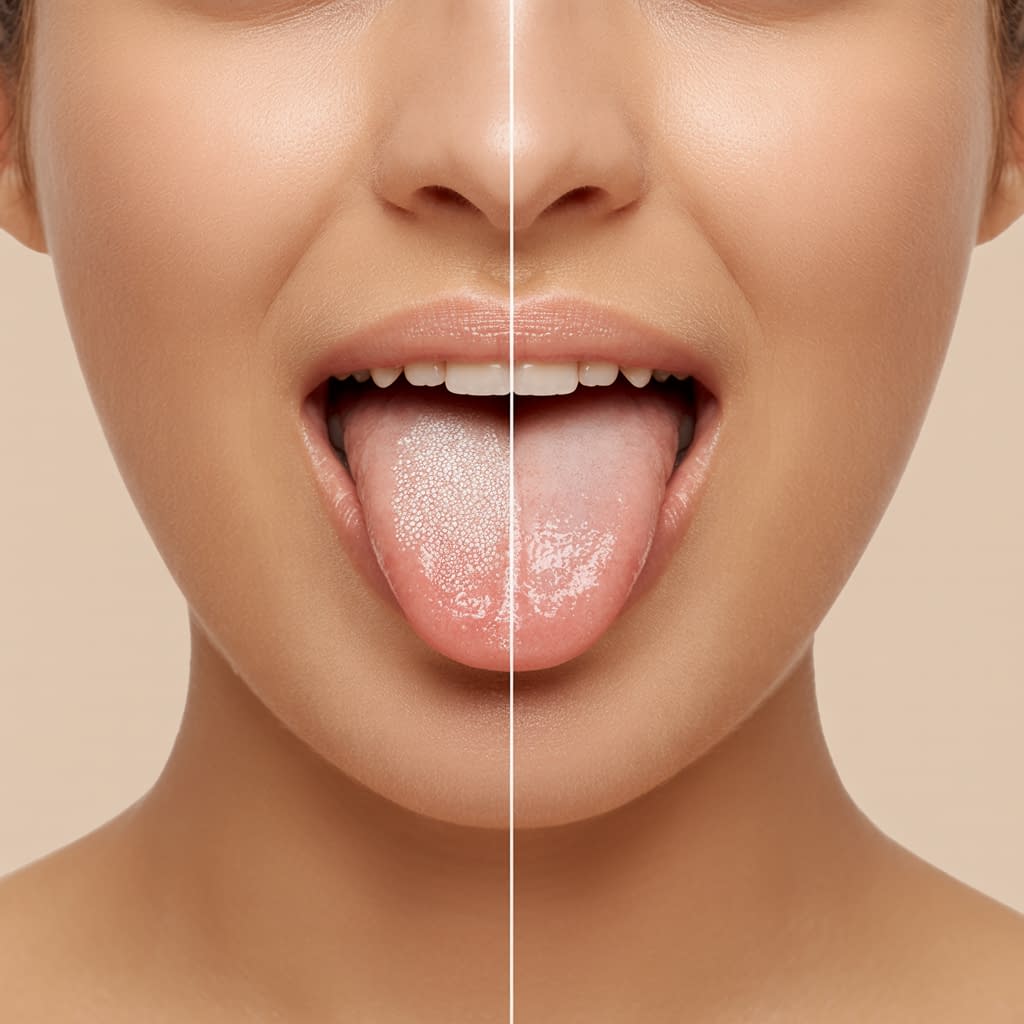
When Tongue Coating Signals Something More Serious
If coating persists despite good care, consider these causes and see a professional:
Possible medical causes
- Oral thrush (candida): Thick, white, sometimes painful patches — treated with antifungals.
- Dry mouth (xerostomia): From meds, autoimmune disease, radiation — may need saliva substitutes or meds.
- GERD or reflux: Acid can change oral environment; managing reflux can help.
- Systemic illness: Diabetes or other metabolic issues can affect oral flora.
- Oral pathology: Persistent, adherent white patches may need biopsy to rule out leukoplakia.
See a dentist/doctor if
- Coating does not improve in 1–2 weeks with good hygiene.
- There is pain, bleeding, difficulty swallowing, fever, or recurrent patches.
- Coating is thick, cottage-cheese–like, or associated with other symptoms.
Pro Tips — Quick Daily Habits to Keep Your Tongue Fresh
- Scrape/brush your tongue every morning.
- Sip water regularly; keep a refillable bottle handy.
- Chew xylitol gum after meals.
- Use alcohol-free mouthwash.
- Clean dental appliances nightly.
- Eat crunchy produce instead of sugary snacks.
- Use a humidifier at night if you breathe through your mouth.
FAQ — Common Questions About Tongue Coating and Home Remedies
Q: How fast will scraping reduce coating?
A: Many people see improvement after one thorough scrape. Heavy coating may take several days of consistent cleaning plus hydration and improved oral care.
Q: Is a white tongue always thrush?
A: No. White tongue is commonly debris and bacteria. Thrush is thicker, may be painful, and may not come off completely — see a clinician if you suspect thrush.
Q: Is oil pulling effective?
A: Evidence is mixed. Some people find it helpful as an adjunct. It’s not a replacement for brushing and flossing.
Q: Can mouthwash cure tongue coating?
A: Antiseptic mouthwashes reduce bacteria but alcohol-containing ones can dry the mouth. Use alcohol-free rinses for daily use and follow dental advice for medicated rinses.
Q: My coating returns quickly — why?
A: Likely causes include dry mouth, smoking, poor denture hygiene, medications, or underlying conditions like reflux or thrush. Consult a professional if it recurs despite good care.
Final Words
- Brush & scrape daily. Use a tongue scraper each morning and brush gently.
- Stay hydrated. Sip water throughout the day and stimulate saliva with sugar-free gum if needed.
- Use smart rinses. Saltwater and, occasionally, oil pulling can help. Prefer alcohol-free mouthwash daily.
- Improve oral hygiene. Floss, clean dentures/appliances, replace brushes regularly.
- Adjust diet & habits. Eat crunchy produce, reduce sugar, avoid tobacco/alcohol.
- See a professional for persistent, painful, or recurrent coating — you may need treatment for thrush or other issues.
Most tongue coating clears quickly with consistent home care. Start today: scrape this morning, drink more water, clean your dentures, and keep up good oral hygiene — and you’ll likely notice fresher breath and a cleaner-looking tongue in days.


